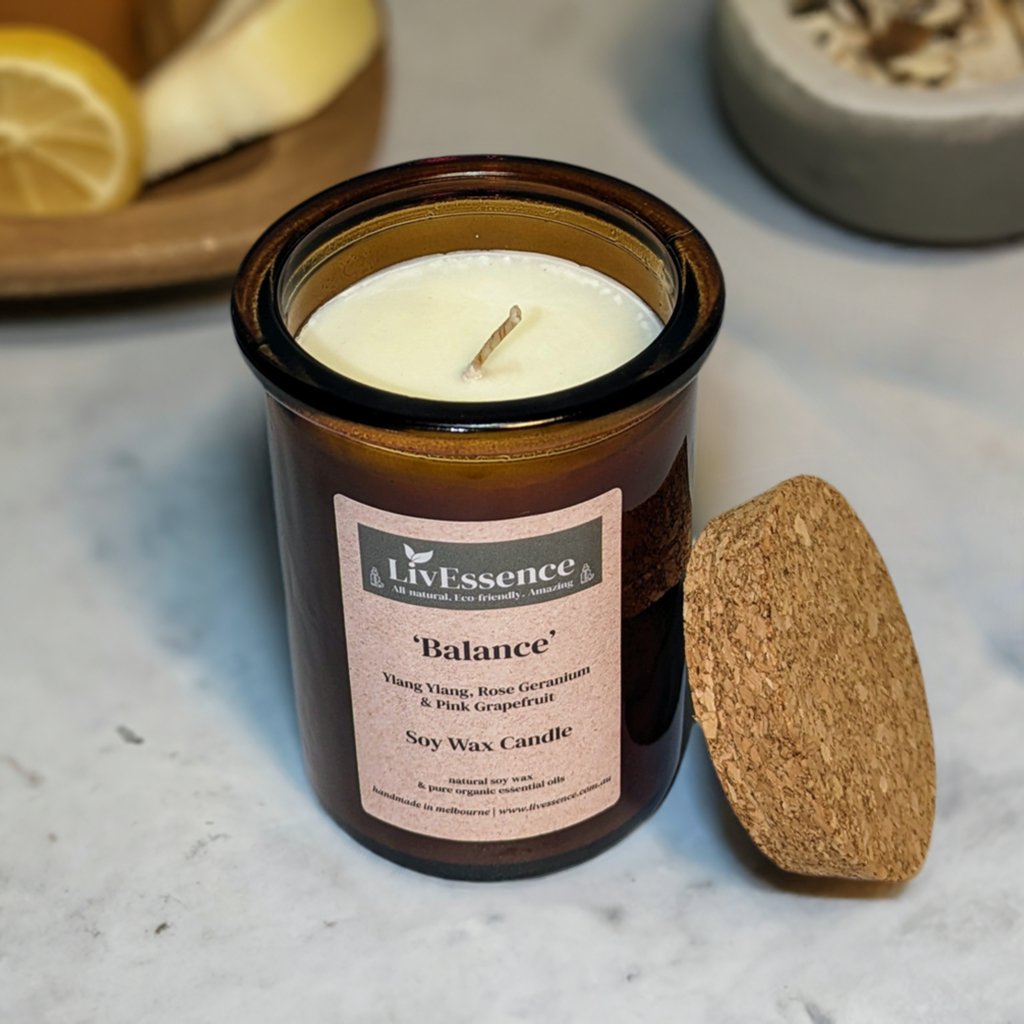Brighten Your Atmosphere with Crystal Soy Candles and Home Fragrance
Brighten Your Atmosphere with Crystal Soy Candles and Home Fragrance
Blog Article
From Wick to Wax: Recognizing the Chemistry Behind Soy Wax Candles and Their Ecological Influence
As we illuminate our rooms with the cozy radiance of candles, there lies a world of elaborate chemistry behind the relatively simple act of lighting a soy wax candle light. Join us as we unravel the scientific intricacies behind soy wax candles and discover their ramifications on our atmosphere.
Soy Wax Vs. Paraffin Wax
When comparing soy wax and paraffin wax for candle light production, it is vital to comprehend the unique attributes and advantages of each product. Soy wax is a natural, sustainable source stemmed from soybean oil, making it environment-friendly and eco-friendly - candles. In comparison, paraffin wax is a by-product of petroleum refining, which increases concerns concerning its ecological influence and sustainability
Soy wax candles burn cleaner and send out much less soot compared to paraffin wax candle lights, making them a healthier choice for interior air high quality. Furthermore, soy wax has a reduced melting factor, enabling a longer-lasting candle light that spreads scent much more efficiently. Paraffin wax, on the various other hand, tends to shed faster and less cleanly, possibly releasing unsafe chemicals right into the air.
From a sustainability perspective, soy wax is favored for its biodegradability and eco-friendly sourcing, lining up with the growing consumer choice for ecologically aware products. While paraffin wax has actually been a typical selection in candle making as a result of its price and convenience of use, the shift in the direction of environment-friendly alternatives like soy wax is obtaining momentum in the market.
Chemical Make-up of Soy Wax

Combustion Process in Soy Candles
The chemical make-up of soy wax straight affects the combustion process in soy candle lights, affecting factors such as burn time, aroma launch, and environmental influence. When a soy candle light is lit, the warm from the fire thaws the wax near the wick. This liquid wax is after that created the wick because of capillary action. As the fluid wax reaches the flame, it goes through and vaporizes combustion. The burning process involves the vaporized hydrocarbons in the wax reacting with oxygen airborne to create heat, light, water vapor, and co2.
The combustion efficiency of soy candle lights is influenced by the pureness of the soy wax and the high quality of the wick. A clean-burning soy candle with an appropriately sized wick will minimize and generate a steady fire residue formation. This not just prolongs the burn time of the candle light however additionally improves the release of scents. In addition, soy wax candles have a reduced environmental effect compared to paraffin candles because of their eco-friendly and renewable nature.

Ecological Benefits of Soy Wax

Considered a lasting option to traditional paraffin wax, soy wax uses notable ecological advantages that make it a preferred choice among eco-conscious customers. Soy wax burns cleaner and produces much less soot than paraffin wax, adding to better indoor air top quality and lowering the requirement for cleansing and maintenance. Generally, the environmental advantages of soy wax line up with the expanding need for green and sustainable items in the market.
Recycling and Disposal Factors To Consider
Recycling and proper disposal of soy wax candles play a vital duty in keeping ecological sustainability and lowering waste in neighborhoods and families. When it comes to recycling soy wax candles, the very first step is to ensure that the candle has shed totally.

In terms of disposal, if recycling is not an option, soy wax candles are eco-friendly and can be securely taken care of in the majority of family waste systems. Nevertheless, it is constantly advised to inspect with regional recycling centers or waste administration services for particular guidelines on candle light disposal to make sure official statement appropriate handling and environmental protection.
Verdict
In verdict, the chemistry behind soy wax candles exposes their ecological benefits over paraffin wax candles. Soy wax, acquired from soybean oil, burns cleaner and produces much less residue when compared to paraffin wax.
When comparing soy wax and paraffin wax for candle making, it is crucial to understand the unique qualities and advantages of each product (soy candles).Soy wax candle lights melt cleaner and release much less soot compared to paraffin wax candle lights, making them a much healthier choice for indoor air top quality.Taken into consideration a sustainable alternative to conventional paraffin discover here wax, soy wax supplies notable environmental advantages that make it a prominent option amongst eco-conscious customers. Soy wax burns cleaner and produces less soot than paraffin wax, contributing to much better interior air quality and original site lowering the demand for cleansing and maintenance.In final thought, the chemistry behind soy wax candles reveals their environmental advantages over paraffin wax candle lights
Report this page